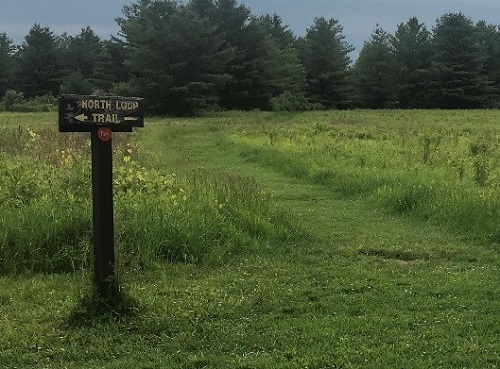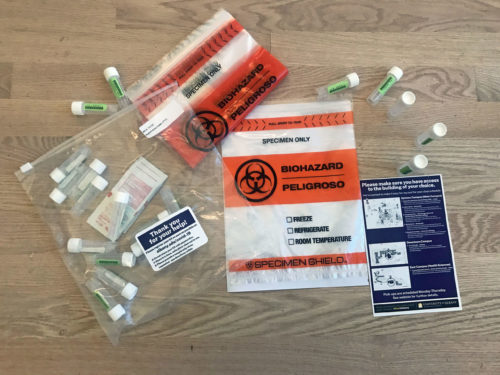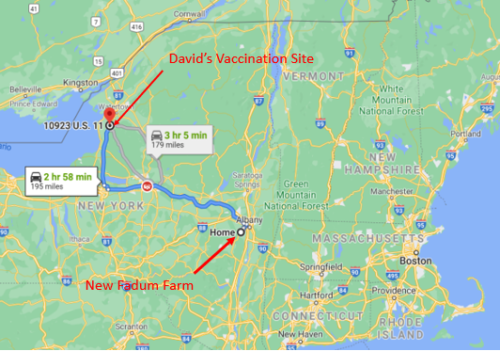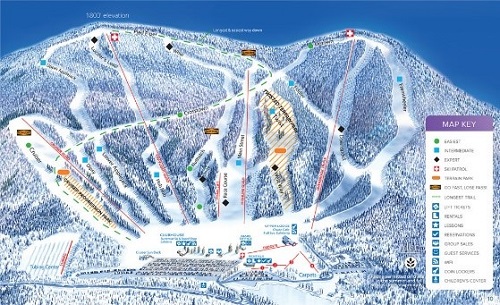Two days before Babak Bahaddin’s scheduled defense of his doctoral dissertation, several students on campus tested positive for the Corona virus. One of them had been spending time in the same building where the defense was to take place. The building was closed for disinfecting and Babak’s defense was moved online. We didn’t have a dinner or any other event to mark the successful defense and I had not seen Babak in person since then. Tomorrow, Babak departs for his new position in New Mexico. His car is packed and some belongings have already been shipped ahead.
k has been one of those students that I really enjoy working with. Our “work” often took the form of long walks, shoulder to shoulder, discussing important technical matters or maybe the meaning of life. For me these mentor-mentee relationships often blossom into life-long friendships. I knew that I had to find some way to meet with Babak face-to-face before he left town. Fortunately, Deborah and I had just hosted our first social event in three and a half months for the visit of Fred, the sheep shearer from Vermont. I, being the kind of guy I am, had devised a formal, written protocol for how to host a small COVID-19-safe social event. We set out to host a “good-bye” dinner for Babak that would follow the protocol.
The dinner was much harder to pull off than I had expected. We set the table so that we could all sit back from the table, eating a plate of food in our laps over six feet apart. We had worked out food service with separate serving utensils, hand sanitizers, Clorox wipes, and individual turns at self-serving. We knew and respected the rules for masks on and masks off. The protocol even worried about getting body temperature data and paying attention to out of region travel in the past 14 days (we had none). Those were the physical details. They were the easy part.
Much harder to manage were the details of our joint micro behaviors. I had made the tactical mistake of choosing to cook a favorite Moroccan stir fry. Making the stir-fry is a happy activity that usually sees guests crowding around a table in the kitchen while I work, sipping a glass of wine, maybe even helping to chop vegetables. Not this night; I worked in the kitchen alone. (By the way, the next morning, Deborah created this guide, based on the previous night’s experience: 1) Hors d’oeuvres should be pre-plated. 2) The menu should be something like cold salmon and salads that can be prepared in advance and placed out at the last minute. 3) Dessert should also be pre-plated. 4) Deborah should sit outside hosting discussion with guests while David runs quick errands back to the kitchen.) It was awkward to sit far across the room from one another and keep masks on inside the house except when we were actually eating.
After dinner Babak and I went for a long walk in the Five Rivers Environmental Center, along the Vlomanskill and North Loop Trails. We tended to fall back into our old pattern of shoulder-to-shoulder walking and talking, slipping below the required six-foot social distancing requirement. We had to really pay attention to how we were walking, and noticed the ways in which our walk was the same or different from the easy way we walked and talked in the past.
I suppose that by next time we will have learned how to manage the micro-behavioral details of cooking and visiting and taking walks and will feel more comfortable and confident during our event. But some aspects of that evening’s visit aren’t fixed so easily. The evening ended. We bade Babak farewell and wished him a safe journey. We watched him get into his car to drive back to his now packed-up apartment that he would leave the next day. My dear student and colleague, was going away. When, I wondered, would we next see him face-to-face? At moments like this, deep emotions well up within me. I do not want to stand back six feet. And I do not want to wear a mask.
This need for direct human contact is not a minor behavioral detail that I can easily alter. As I stood back six feet and watched Babak depart, I had this crazy consoling thought that by not embracing Babak to wish him well, I was, somehow, in a small way, keeping my brother Ted safer.
Crazy thought? Well, maybe not…
This Story Has a Lesson
Ali’s model prescribes broad policies that can avert a second wave and keep us all safe until a vaccine is found. These policies translate into test-based protocols for all kinds of activities that we all need to implement and observe. This is hard to do and details matter. Learning about and adjusting to these new behavioral details is an important key to staying safe in these times
Technical Modeler's Notes
- CDC Video on How Test and Tracing Works. For a bit more information on how test and trace protocols work, you can watch this short video prepared by the CDC.
- Public Health Principles for a Phased Reopening During COVID-19: Guidance for Governors. The Johns Hopkins Center for Health Security provides reopening guidance for Governors.





